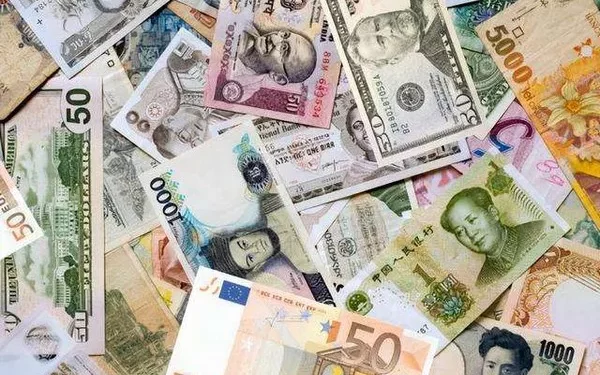In the world of numismatics, collectors are often on the hunt for rare and elusive currency notes. Among the most sought-after treasures are high-denomination bills, and one question that frequently arises is, “Is there a $1000 dollar bill?” In this article, we will delve into the fascinating history of the $1000 bill in the United States, exploring its existence, rarity, and the reasons behind its discontinuation.
The Origin of the $1000 Dollar Bill
Is there a $1000 dollar bill in the United States? The answer is yes, there was. The $1000 bill, also known as the “Grand Watermelon” due to the design of the zeros on the back of the note, was once a part of the American currency landscape. Its journey began in the mid-19th century when the United States government introduced high-denomination currency notes as a means to facilitate large transactions between banks and financial institutions.
The Early History of the $1000 Bill
The first $1000 bills were issued in the 1860s, and they featured intricate designs that were characteristic of the time. These bills were quite large, measuring approximately 7.375 by 3.125 inches, and they were initially intended for use in large-scale financial transactions, such as transferring funds between banks. Is there a $1000 dollar bill from this era in circulation today? The chances are incredibly slim.
The Gold Certificate Era
In the early 20th century, the $1000 bill underwent a transformation. Instead of being a legal tender note, it was issued as a Gold Certificate. These Gold Certificates were essentially a promise from the U.S. government to exchange the note for its equivalent value in gold. This era of the $1000 bill is particularly intriguing to collectors because of its historical significance.
The Great Depression and the $1000 Bill
Is there a $1000 dollar bill from the Great Depression era? While these notes do exist, they are incredibly rare. The Great Depression marked a significant turning point in the history of high-denomination currency.
The economic turmoil of the 1930s led to the discontinuation of the $1000 bill, along with other high-denomination notes such as the $5000 and $10,000 bills. These bills were gradually phased out of circulation.
The $1000 Bill in Modern Times
Is there a $1000 dollar bill in circulation today? The answer is no. High-denomination bills, including the $1000 bill, were officially discontinued in 1969 by the Federal Reserve and the U.S. Department of the Treasury. The decision to remove these notes from circulation was driven by several factors, including concerns about their use in illegal activities such as money laundering and tax evasion.
Rarity and Collectibility
Given their discontinuation, $1000 bills are exceptionally rare today. Is there a $1000 dollar bill in your possession? If so, you may be holding a valuable piece of history. These notes have become highly sought after by collectors, and their rarity has driven up their market value. The condition and historical significance of the note play a significant role in determining its worth. A well-preserved $1000 bill can fetch a substantial sum at auctions and in the collector’s market.
Notable $1000 Bills
Is there a $1000 dollar bill with a unique history? Indeed, there are several notable $1000 bills that have captured the attention of collectors and historians. One such bill is the 1890 $1000 Treasury Note, featuring a portrait of Alexander Hamilton, the first Secretary of the Treasury. Another famous example is the 1928 $1000 Gold Certificate, known for its distinctive gold seal and vibrant design. These notes serve as reminders of a bygone era in American currency history.
Legality and Ownership
Is there a $1000 dollar bill in circulation that is still considered legal tender? While the Federal Reserve and the U.S. Department of the Treasury discontinued the issuance of high-denomination bills, they remain legal tender. This means that if you possess a $1000 bill, you can technically use it to settle debts or make purchases. However, due to their rarity and collectible value, most people choose not to spend them in everyday transactions.
Conclusion
Is there a $1000 dollar bill in your future? The chances of stumbling upon one in your day-to-day life are incredibly slim. These high-denomination notes have become prized collectibles, coveted by numismatists and historians alike. The story of the $1000 bill in the United States is one of intrigue, rarity, and historical significance. While they may no longer be in circulation, these bills continue to capture our imagination and remind us of a time when high-denomination currency notes played a vital role in the nation’s financial landscape. Whether you are a seasoned collector or simply curious about the history of American currency, the $1000 bill is a fascinating piece of the puzzle.
Related Topics:
Unlocking the Treasury’s Treasure Trove: How Many Eisenhower Dollars Were Made
Unveiling the Mystery: How Many Two-Dollar Bills Are in a Bundle?
How Many Two Dollar Coins in a Roll: Unveiling the Mystery


























